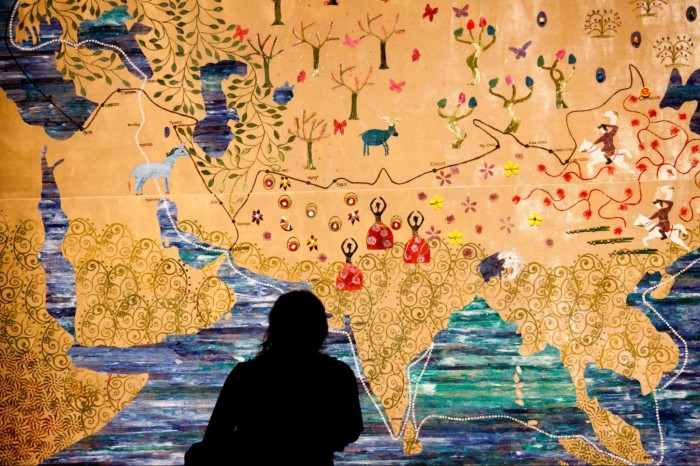 Image credit: Gianni
Image credit: Gianni
The searching light shone upon the world by great explorers of the Middle Ages begins to flicker, and for millennials, few of their names bear any significance at all. Interestingly however, prominent figures like Ibn Battuta and Marco Polo appear vaguely stored – in pieces – in our memories, perhaps from the odd atlas book we had skimmed through when we were little.
The latter was the architect behind one of the most memorable travelogues in history, The Travels of Marco Polo – a detailed narrative of his travels across Asia in the 12th century. As he crossed the European divide into Central Asia, it was therefore fitting that he travelled the length of the Silk Road, a trading route of desert and mountain passes that connects the two continents from China to the Mediterranean Sea.
Today’s society risks losing touch with history altogether, but the well-preserved Silk Road presents an opportunity to walk in the shoes of the inquisitive Venetian merchant.
Although the Silk Road starts from Constantinople (modern day Istanbul), the Polos (Marco, his father, and brother) detoured further north from Venice and disembarked in Georgia, after which they made their way down south into the Iranian city of Tabriz before finally arriving at Hormuz, located on the Persian Gulf.
Also Read: Mission Marrakesh: The Jemaa el-Fnaa Experience
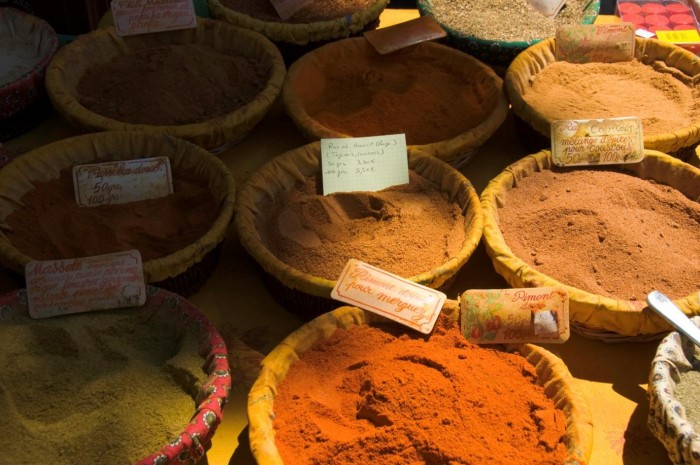 Image credit: Franklin Hunting
Image credit: Franklin Hunting
The Silk Road was undoubtedly important to the empires it dissects through; Persia, which Iran was previously a part of, depended on the trading route for popular goods like Chinese raw silk and Indian wares such as jewels, aromas, opium, and spices. It was also there that the Persians and Byzantines constantly waged war in their quest to control the busiest sectors of the Silk Road; it sat at a strategic location between Asia and Europe and provided its controller with great trade revenues.
Hormuz was an international trading port and an important stronghold that protected the trade route between the Arab world and Asia. Unsurprisingly, it was heavily fortified. Today, the currencies may have changed, but it remains a busy trading port, except that the main raw material of interest is now oil, 25% of the world’s oil to be exact – all America-bound. Interestingly, it is the Portuguese fortress Nossa Senhora da Victória that still stands to this day, a monument marking Portuguese rule over the Persian Gulf throughout the 16th and 17th centuries, long after the Silk Road had run its course.
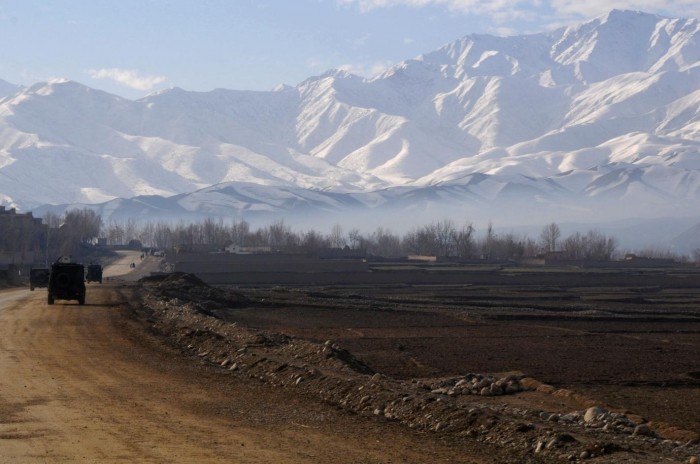 Image credit: Afghanistan Matters
Image credit: Afghanistan Matters
The Polos’ original plan was to set sail from Hormuz straight into China (known in that time as Cathay), but with the ships in a deplorable state, they decided to travel overland alongside a caravan party. From Hormuz, they travelled north-eastward out of Iran and into the mountainous region of Badakhshan, where Marco fell ill and any progress was grounded to a halt for a year while he recuperated. Home to a community of mostly Tajiks and Pamiris, Badakhshan retains a rich cultural heritage: ancient forms of music, poetry, and dance. Out in the middle, however, a single strip of road cuts through majestic mountain ranges, and while mules and sand have been replaced by diesel and tarmac, it is not difficult to imagine the scenes of old; the coaxing of camels; the occasional spillage of wares; the determined look of a merchant as he trudges along the eternally vast landscape. Marco eventually recovered, and the Polos set on their journey.
They passed Kashgar, Khotan, and Cherchen. Eventually, they began to make their way across the Gobi desert.
Also Read: 5 Sand Dunes in Asia for Your Mini-Desert Adventure
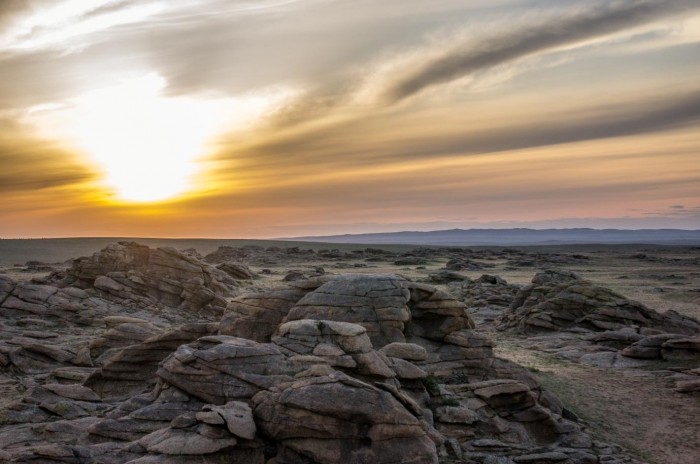 Image credit: Vaiz Ha
Image credit: Vaiz Ha
In his book, Marco gave a glimpse at just how huge the Gobi is, writing that “it would take a year to go from end to end; and at the narrowest point it takes a month to cross it”. It was completely filled with mountains, sand dunes, and valleys, and food was also scarce. The Gobi perfectly illustrates the phrase, “when hell freezes over”, boasting a temperature range of -40°C in winter to 50°C in summer — a 90°C-wide spectrum.
The Gobi remains just as punishing today, albeit relieved by ATVs. It is also home to a popular tourist spot, “Crescent Lake”. Forgivably mistaken by dehydrated wanderers as an oasis-like mirage, this landmark now attracts thrill-seekers with activities like camel riding, dune surfing, and sand sliding. Though, I personally wonder which era Marco would have preferred: the age of modern tourists, or the romantic silence of his time, save for the passing Siberian wind. The sand sure is browner on the other side.
At long last, in May 1275, the Polos arrived at their destination — the then-Mongolian city of Shang-tu, where they, at the request of the great Kublai Khan, stayed as guests-of-honour. In total, the Polos travelled 5600 miles across 3 and a half years.
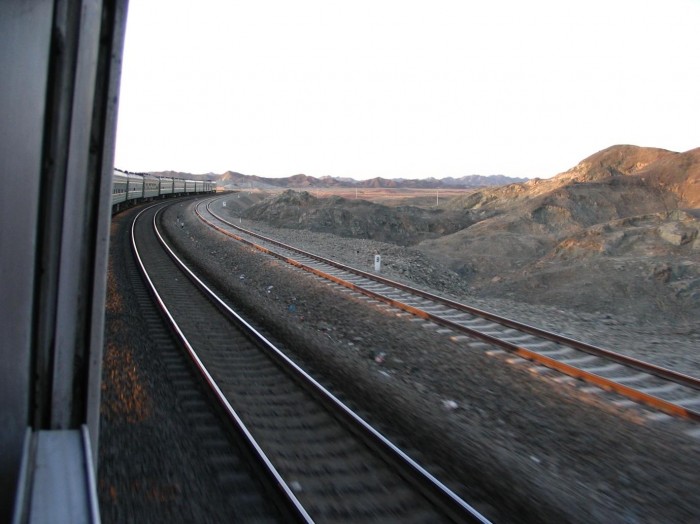 Image credit: Paul
Image credit: Paul
The world today dances to the tune of immense speed through astounding advances in technology in the centuries that followed Marco Polo’s journey. A train ride spans the length of the Silk Road, taking on its steel-cased shoulders the heavy burden of travelling across harsh terrains and climates. Just as we must remember the horrors of war, we too must never forget the pioneers of discovery, who, through writing, continue to remind us of the beauty of seeing the world.
Marco Polo would later go on to serve the Khan’s court as a highly able official and a favourite of the khan. The tales of his numerous missions through China, Burma, and India stretch far and beyond, but that shall wait for another day.





